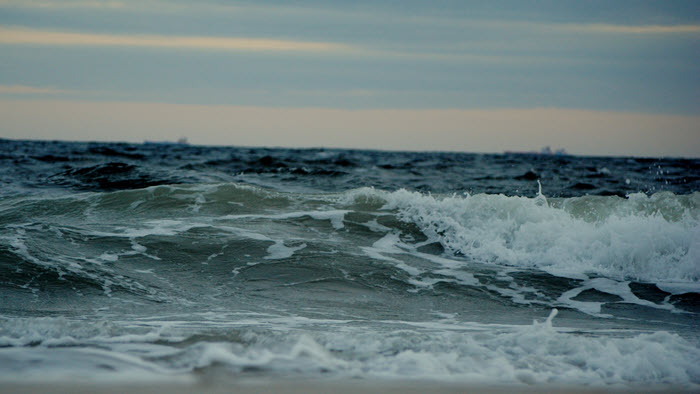



The U.S. Department of Energy’s Water Power Technologies Office (WPTO) recently released its 2020-2021 Accomplishments Report. The compilation includes achievements from Sandia National Laboratories’ Water Power Technologies program over the past year, while working alongside its National Lab partners, and other collaborators:
SWEPT facility hosts AquaHarmonics power take-off system testing. The first test by an industry developer at the Sandia Wave Energy Power Take-Off (SWEPT) Lab took place last year when AquaHarmonics analyzed its power take-off system. The SWEPT Lab allowed AquaHarmonics to analyze the device’s capabilities and will help the developer refine its product. Read more about Sandia’s AuquaHarmoncs Testing Support.
Sandia provides expertise for WPTO’s Energy Transitions Initiative Partnership Project. The Energy Transitions Initiative Partnership Project (ETIPP) helps remote, island, and islanded communities transform their energy systems and increase energy resilience. The National Renewable Energy Laboratory (NREL) partners with the U.S. Department of Energy to administer the program, and Sandia National Laboratories, Lawrence Berkeley National Laboratory, and Pacific Northwest National Laboratory offer expert advice to selected communities. In April 2021, DOE announced 11 competitively selected communities in four states. Read more about the ETIPP’s inaugural group of communities.
New model of a Floating Oscillating Surge Wave Energy Converter tested. The Stevens Institute of Technology, Virginia Tech, Resolute Marine Energy, Sandia National Laboratories, and National Renewable Energy Laboratory recently tested a new, one-tenth-scaled model of a Floating Oscillating Surge Wave Energy Converter (FOSWEC). This latest model is an improvement to the prior national lab-developed Reference Model 5 and consists of a floating platform, two pivoting flaps, and an out-of-water power take-off system. Project collaborations such as these are advancing device design and bringing researchers closer to building and deploying a 1:2-scaled device with a low levelized cost of energy. Read more about the FOSWEC testing.
View the complete DOE Water Power Technologies Office 2020-2021 Accomplishment Report.
April 4, 2022